The Northwest Coast culture is located geographically along the Pacific Coast north of California and between the Cascade Mountains and the ocean. This area is the home to many Indian nations who traditionally based their economy on the use of sea coast and river ecological resources. The Haida are located in the northern portion of this culture area.
The Haida were divided into three groups. Each of these Haida groups included several settlements. The Kaigani Haida had villages in southeastern Alaska. The Masset Haida were located in the northern Queen Charlotte Islands. The Skidegate Haida had 14 villages along the coastlines of Moresby Island.
The Northwest Coast is a region in which an entrenched and highly valued artistic tradition flourished. In his book Northwest Coast Indian Painting: House Fronts and Interior Screens, anthropologist Edward Malin writes:
“Sculpture was the predominant form executed in a variety of media—stone, bone, and wood—culminating in the towering carved vertical columns that came to be called totem poles.”
One of the media used by Northwest Coast artists is argillite. Argillite is a soft stone which is found in the Queen Charlotte Islands. In her chapter on Haida argillite carving in Dimensions of Native America: The Contact Zone, Teri Robin Yoo reports:
“This medium was rarely quarried until after the seaborne fur trade had been firmly established within the Northwest Coast area.”
Native carvers began carving argillite for souvenirs which could be traded to the Euroamerican (Russian, British, American) traders. With the establishment of Hudson Bay Company trading posts, Native carvers increased their production of argillite carvings, often producing fanciful pipes which could not be smoked. While some of the designs are taken from traditional crest designs, others are based on sailing ships, paddle wheel steamers, and complex floral motifs.
The Portland Art Museum has a small display of Haida argillite carvings. Some of these carvings are shown below.
 Shown above is a model totem pole made about 1920.
Shown above is a model totem pole made about 1920.  Shown above is a model totem pole made about 1920.
Shown above is a model totem pole made about 1920. 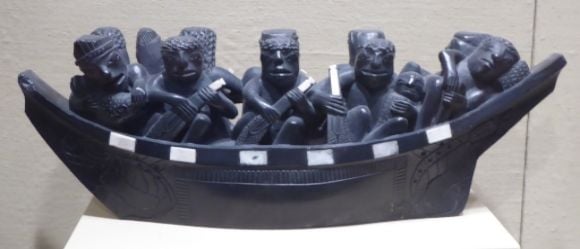 Shown above is a canoe with figures made about 1885. It is decorated with mother of pearl.
Shown above is a canoe with figures made about 1885. It is decorated with mother of pearl. 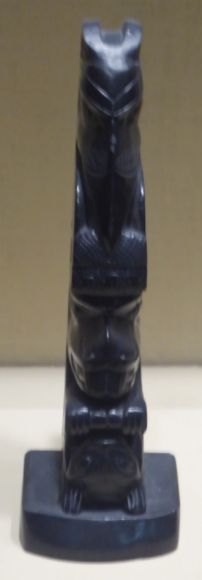 Shown above is a model totem pole made about 1920.
Shown above is a model totem pole made about 1920. 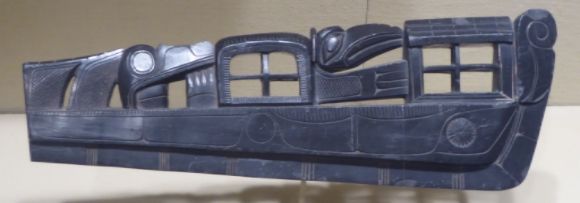 Shown above is a pipe made about 1850.
Shown above is a pipe made about 1850. 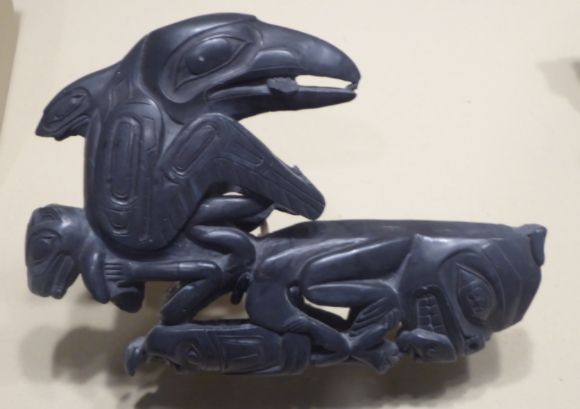 Shown above is an early nineteenth-century pipe.
Shown above is an early nineteenth-century pipe.  Shown above is a late nineteenth-century platter.
Shown above is a late nineteenth-century platter. 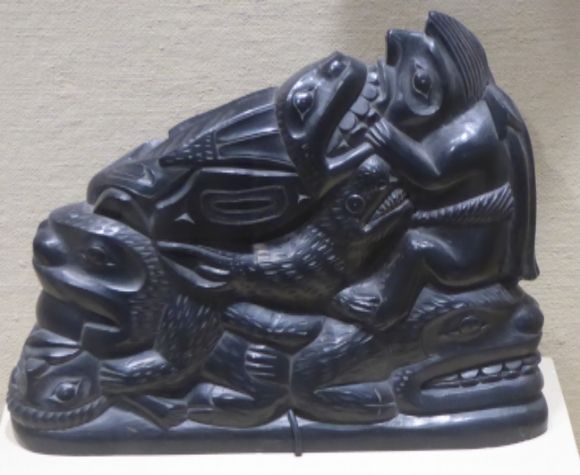 Shown above is a figural grouping made about 1875.
Shown above is a figural grouping made about 1875. 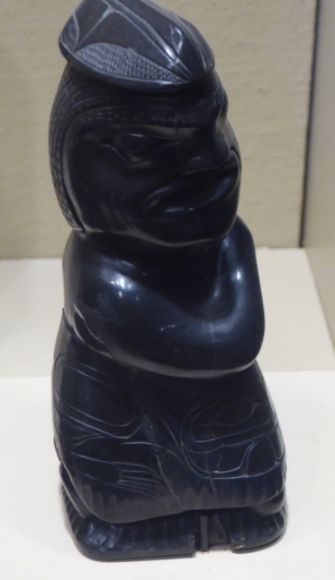 Shown above is an early twentieth-century figure.
Shown above is an early twentieth-century figure.
Metal Work
While it is common to describe Indians before the arrival of the Europeans as “stone age people,” the tribes of the Northwest Coast had a metal working traditional long before the Europeans arrived. The metal was not smelted, but was hammered into shape. Archaeologist R. G. Matson, in the introduction to Emerging from the Mist: Studies in Northwest Coast Culture History, reports:
“Metal using appears to go back at least 2,000 years on the Northwest Coast and the early explorers were impressed with the amount and range of metals in use at first contact.”
Copper was commonly used for ornamentation and modern Haida artists produce items with traditional Haida designs in silver and gold.
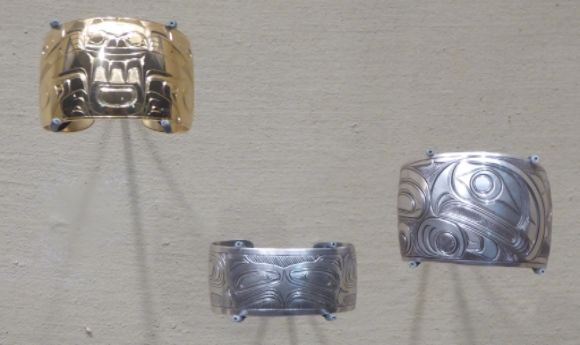 Shown above are some twentieth-century bracelets.
Shown above are some twentieth-century bracelets.  Shown above is an eagle bracelet made in 2012 by Nicholas Galanin.
Shown above is an eagle bracelet made in 2012 by Nicholas Galanin.
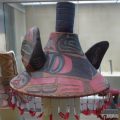
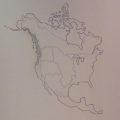
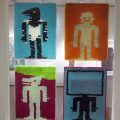
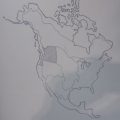
Leave a Reply